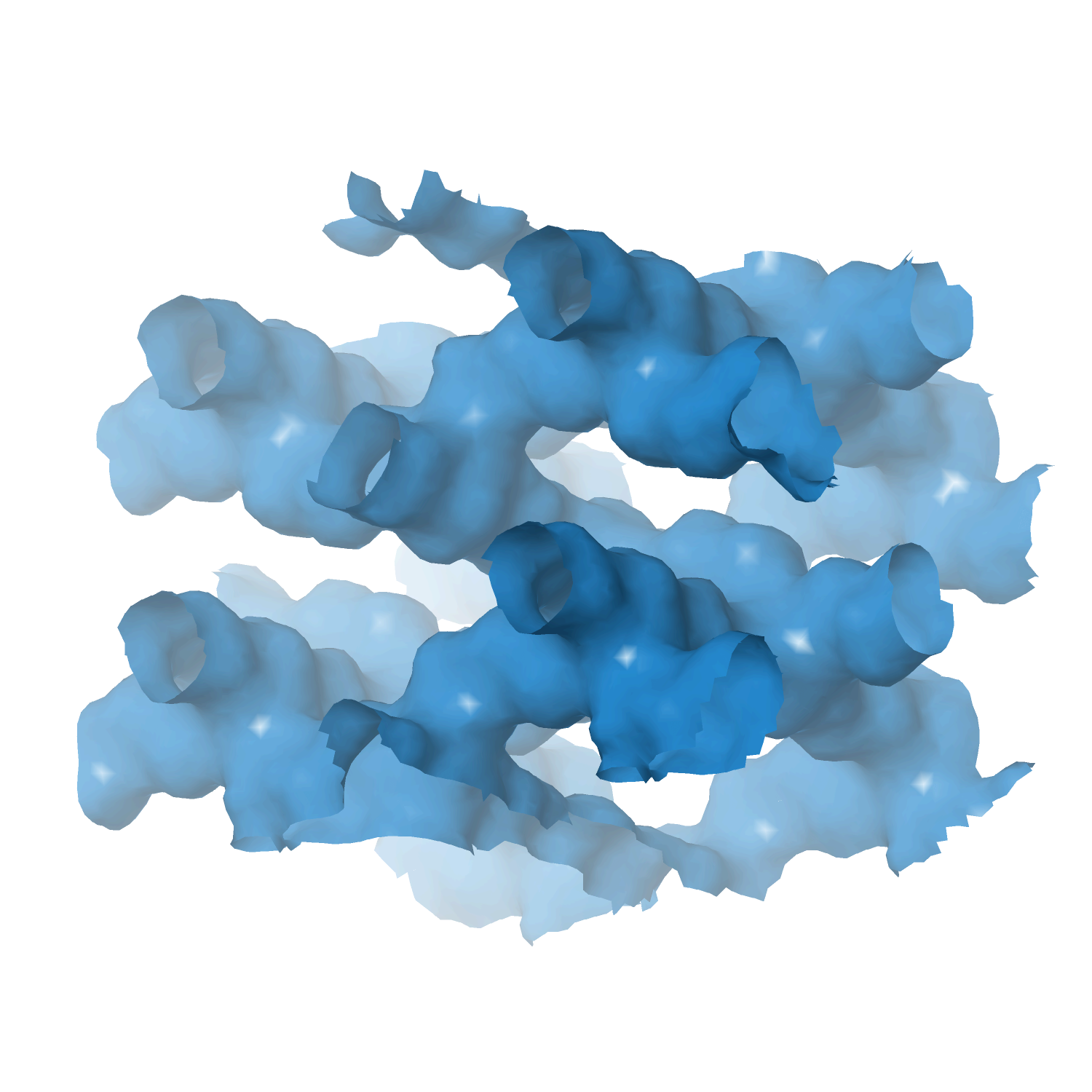Heterogeneous catalyst engineering ⇒ from stable and deactivation resistant to viable technical catalyst
Advances in heterogeneous catalyst “structure” are driven to improve their “function” or performance, i.e., activity, selectivity, and stability. Cooperative research is required to understand the structure and function relationships: developing new synthesis protocols for heterogeneous catalysts with unique surface properties, defined porosity, identification and understanding of catalytically active sites, reaction mechanisms, and finally, prediction and analysis of the processes using various computational tools.
Our group focuses on developing new catalyst formulations using innovative synthesis routes for various important heterogeneous catalysts. That includes thermal, electro, and bio-electro catalysis.
The active phase cannot be used directly in its final application or reactor for various reasons, including poor mechanical resistance, heat or mass transport, and fluidization features. We must mix the active phase with other ingredients in a matrix of binder and filler, while we shape it into a technical catalyst. We investigate new synthetic protocols for technical catalysis using spray drying and fluidized beds to cover the whole range of sizes. At the same time, we incorporate additional (unconventional) ingredients such as SiC to improve some features even further.
- Technical catalyst I ⇒ spray drying and extrusion
- Technical catalyst II ⇒ spray fluidized bed reactor
- Technical catalyst III ⇒ electrospinning
- Zeolite catalysts ⇒ with defined structure/porosity
- Multi-metal (high entropy) alloy catalysts
- MXene catalysts ⇒ single and multi-dimensional
- Perovskite catalysts
- Metal-organic framework (MOFs) catalysts
- Supported metal/metal-oxide catalysts
- Aerogel catalyst
Unraveling the reaction mechanism of selective C9 monomeric phenols formation from lignin using Pd-Al2O3-activated biochar catalyst
by
Gurrala, Kumar, Yerrayya, Kandasamy, Castaño, Raja, Pilloni, Paek, Vinu
Bioresour. Technol.
Year:
2022
DOI:
https://doi.org/10.1016/j.biortech.2021.126204
Abstract
The conversion of biomass-derived lignin to valuable monomeric phenols at high selectivity is of paramount importance for sustainable biorefineries. In this study, a novel Pd-Al2O3 supported on activated biochar catalyst is developed for lignin hydrogenolysis. The catalyst characterization revealed that the (1 1 1) planes of both of Pd0 and Al2O3 were exposed to the surface. The maximum lignin conversion of 70.4% along with high liquid yield (∼57 wt%) was obtained at 240 °C, 3 h and 3 MPa H2 pressure. The total monomeric phenols yield in the liquid was 51.6 wt%, out of which C9 monomeric guaiacols constituted ∼ 30.0 wt% with 38.0% selectivity to 4-propyl guaiacol. Using the reaction intermediate, coniferyl alcohol, chemoselective hydrogenation of Cα=Cβ is proved to occur over the Pd site, while dehydroxylation of Cγ–OH is shown to occur over the alumina site. An impressive carbon atom economy of 60% was achieved for the production of monomeric phenols.
Keywords
HCE
HPC
